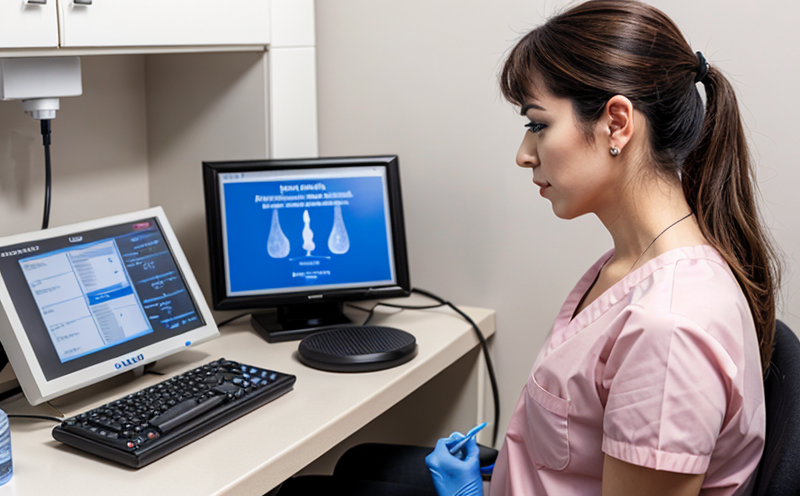Calcitonin Testing in Animal Bone Metabolism Studies
The testing of calcitonin in animal bone metabolism studies is a critical component of research aimed at understanding the role of this hormone in skeletal health and disease. Calcitonin, known as parathyroid hormone-related protein (PTHrP), plays an essential role in calcium homeostasis by inhibiting bone resorption through the activation of calcitonin receptors on osteoclasts.
This test is particularly important for studies investigating the mechanisms behind diseases such as osteoporosis, hypercalcemia, and hypocalcemia. The primary objective of testing calcitonin levels in animal models is to evaluate its impact on bone density, turnover rates, and overall skeletal integrity. Accurate measurement of calcitonin in these studies ensures reliable data that can be used to develop new treatments or refine existing therapies.
Animal models are chosen for their genetic homogeneity and ability to mimic human conditions closely. Commonly used species include mice, rats, and rabbits, which provide a cost-effective means to study complex biological processes. In these models, calcitonin levels can be monitored before, during, and after administration of test compounds or under different environmental conditions.
For accurate measurement, blood samples are collected from the animals following strict guidelines on specimen preparation to avoid contamination. The specimens are then processed using validated laboratory techniques that adhere to international standards such as ISO 15189 for quality management systems in laboratories. These rigorous protocols ensure consistent and reproducible results.
The testing process typically involves several steps, including sample collection, handling, transport, and analysis. Sample collection is critical; improper procedures can lead to errors in interpretation of the data. Once collected, samples are transported at controlled temperatures to minimize degradation. Upon arrival at the laboratory, they undergo rigorous processing before being analyzed using high-performance liquid chromatography (HPLC) or mass spectrometry (MS).
The use of these advanced analytical techniques allows for precise quantification of calcitonin levels in biological fluids, providing insights into its role within the body. Understanding how changes in calcitonin levels affect bone metabolism is vital for developing effective therapeutic strategies tailored to individual patient needs.
Moreover, this testing helps researchers better understand the interactions between various hormones and their effects on bone health. By examining calcitonin alongside other key players like parathyroid hormone (PTH) and vitamin D, scientists can unravel complex pathways involved in calcium regulation and skeletal integrity maintenance.
Benefits
- Accurate measurement of calcitonin levels in animals allows for precise evaluation of its effects on bone metabolism.
- Provides valuable insights into the mechanisms underlying various bone diseases such as osteoporosis and hypercalcemia.
- Serves as a critical tool in developing new treatments or refining existing therapies targeting calcium homeostasis disorders.
- Promotes better understanding of hormone interactions within the body, contributing to improved medical practices globally.
Why Choose This Test
- The test is essential for comprehensive studies on calcitonin's role in bone metabolism and related diseases.
- It offers robust data that can be utilized to improve patient outcomes through targeted therapy development.
- The precision provided by this testing method ensures reliable results, which are crucial for advancing scientific knowledge.
Use Cases and Application Examples
This test finds extensive application in various fields of medical research. For instance, it is widely used in the investigation of osteoporosis treatments where calcitonin plays a significant role. Researchers use this testing method to assess how different dosages or formulations affect bone density and overall skeletal health.
In another example, studies focusing on hypercalcemia might employ calcitonin testing to understand its therapeutic potential in reducing excessive calcium levels. Similarly, hypocalcemic conditions can also benefit from such tests as they help identify appropriate interventions that stabilize low calcium states.
Moreover, this test is instrumental for evaluating the efficacy of new drugs designed to influence bone metabolism positively. By comparing calcitonin levels before and after drug administration, researchers gain valuable information about the compound's effectiveness and potential side effects.
The application extends beyond just academic research; pharmaceutical companies often utilize this testing method during clinical trials to ensure that their products have the desired impact on patients' health without causing adverse reactions. This ensures that only safe and effective medications reach market shelves, benefiting广大





